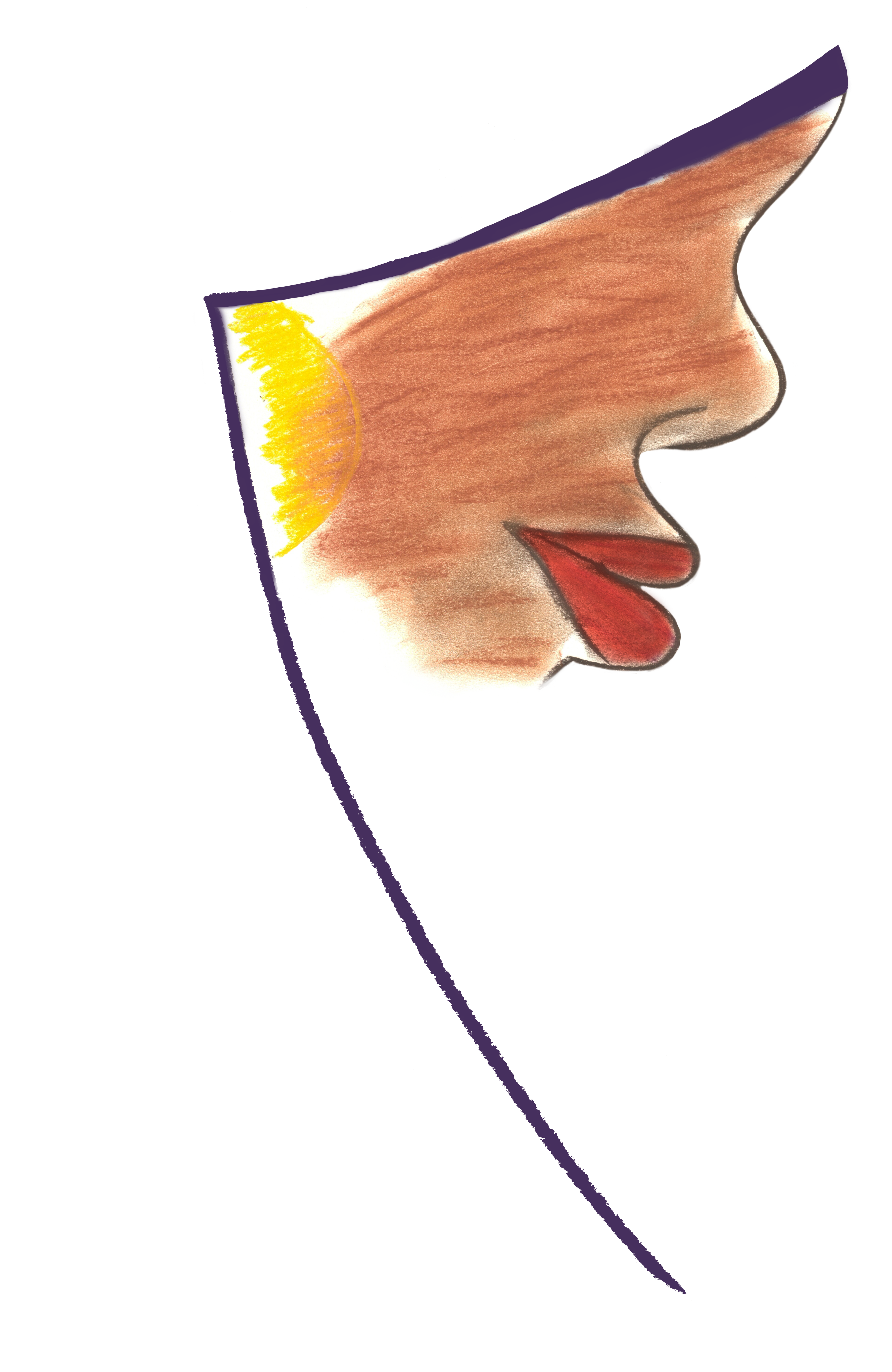Amatullah
Curator's Notes:
The items in this exhibition are primarily from the mid to late 1970s, when Umi was a new Muslim and on a mission to build a new social reality. In the wake of Civil Rights and Black Power, the items in these collections carry the revolutionary movement energy of the time that many Black converts in the United States brought with them into Islam. Race, religion, and gender are central in these collections. My selections are inspired by Sylvia Chan-Malik's concept of affective insurgency in which "the embodiment of [Black] Muslim womanhood is a form of unruly," yet righteous "rebellion" against white supremacy with Islam as their "safe harbor." Their spirituality is embodied — it is expressed through the earnest repetition of prayers and radical study and unceasing movement building. It is fiercely committed to both achieving justice and spiritual salvation.
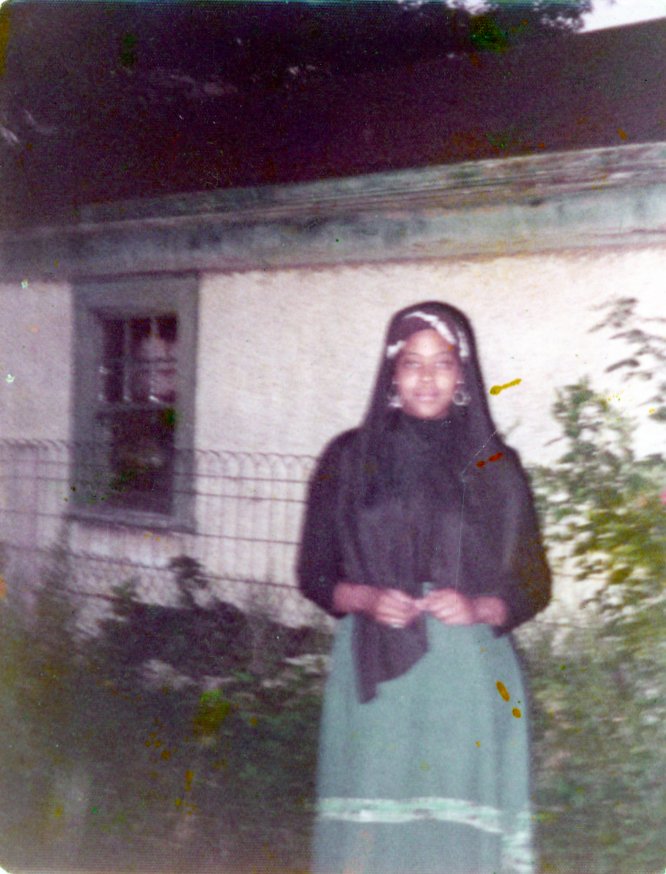
- State Street
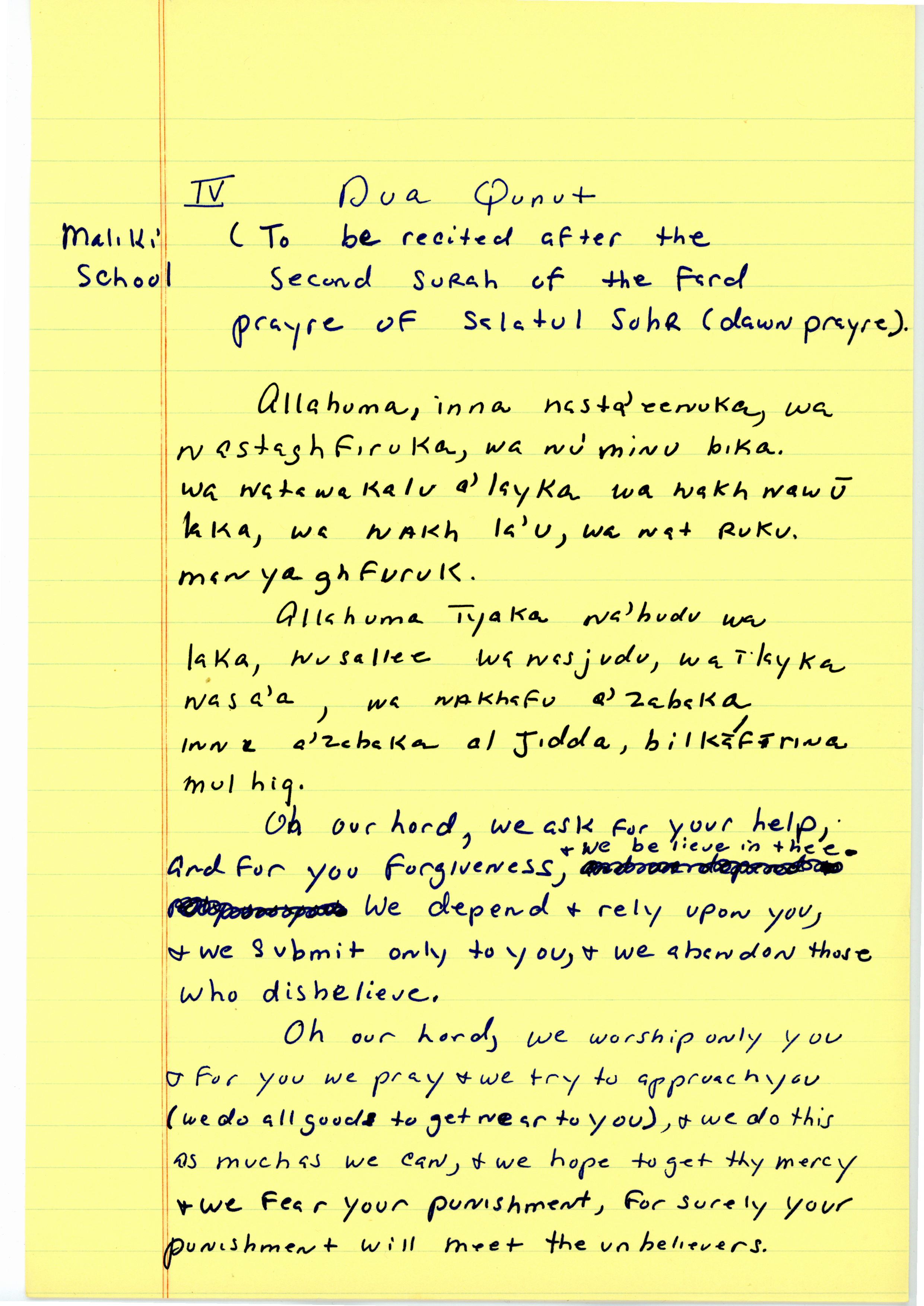
- Dr. Dunya
- 1976 -2016
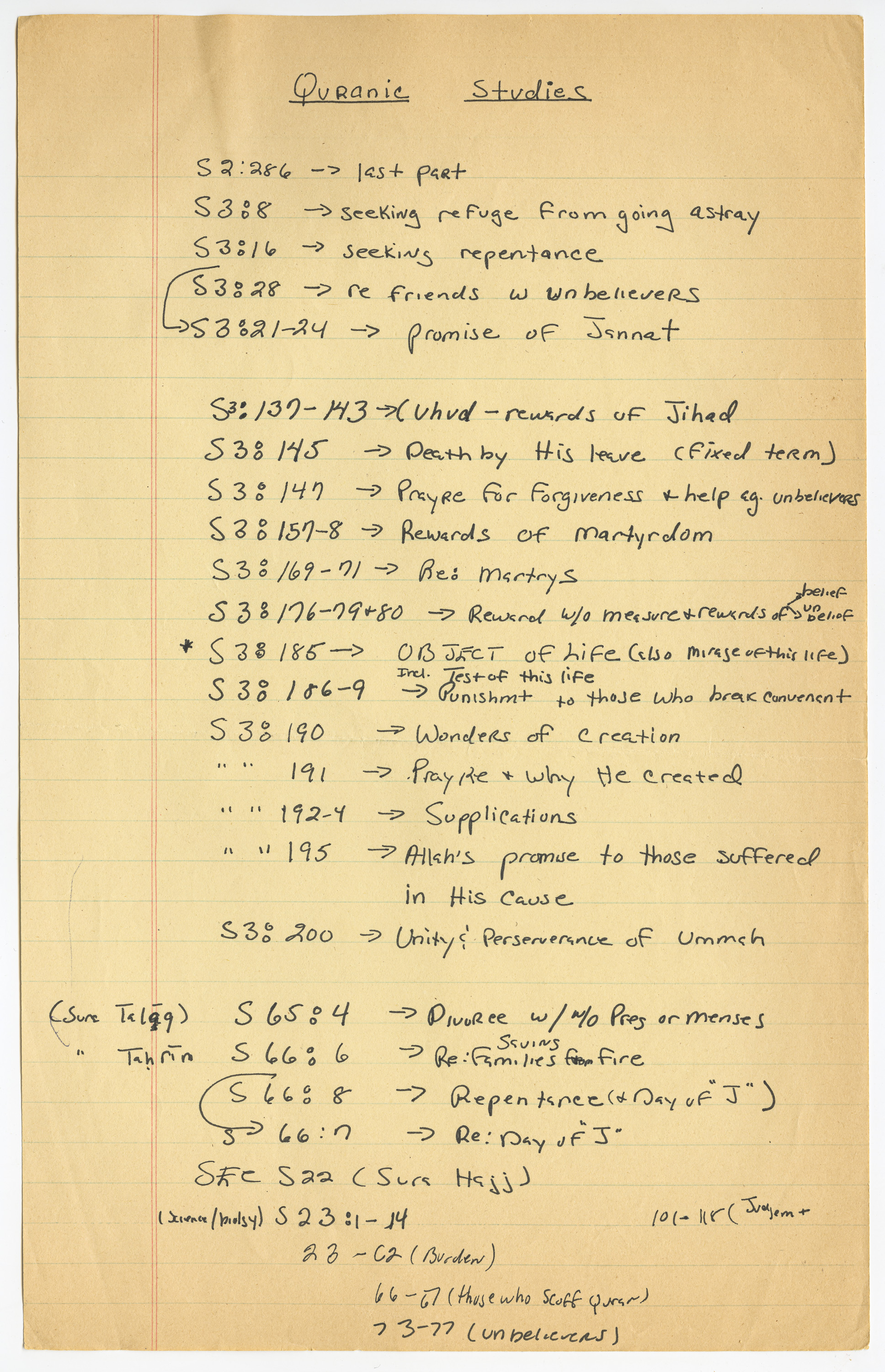
- Study
- 1970 - 1990
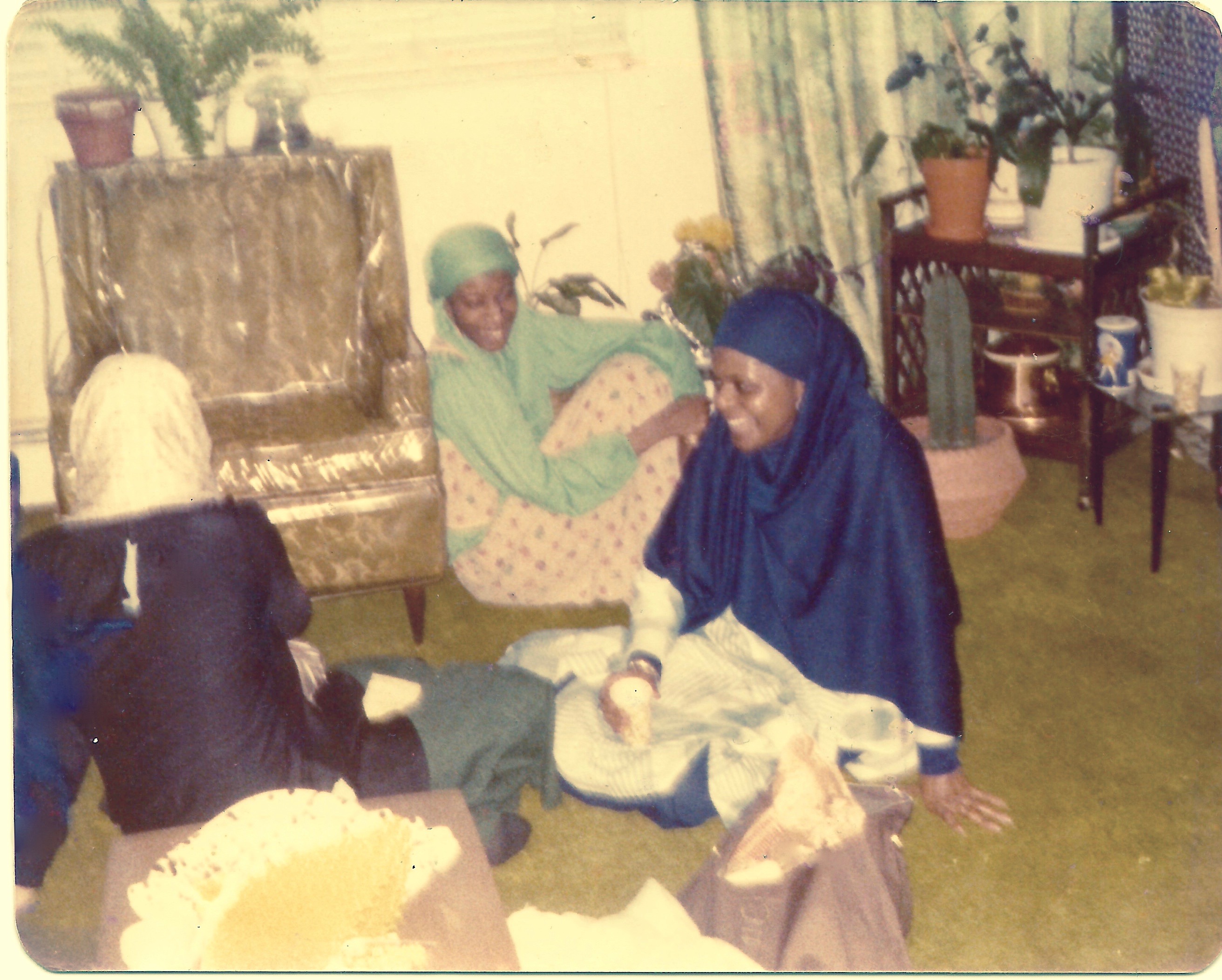
- Activist Sisters
- 1970s - 2000s
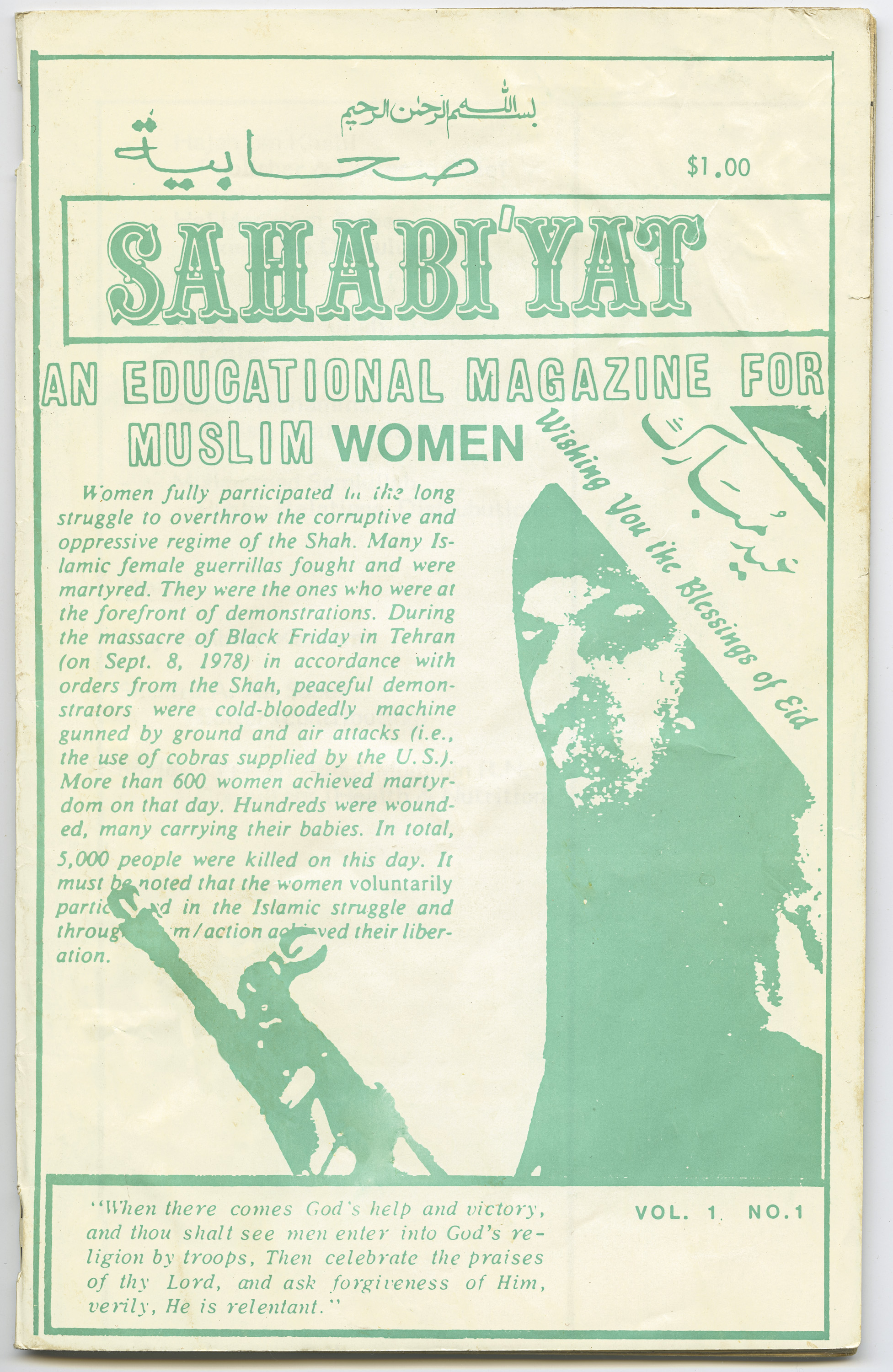
- Media
- 1972 - 1980
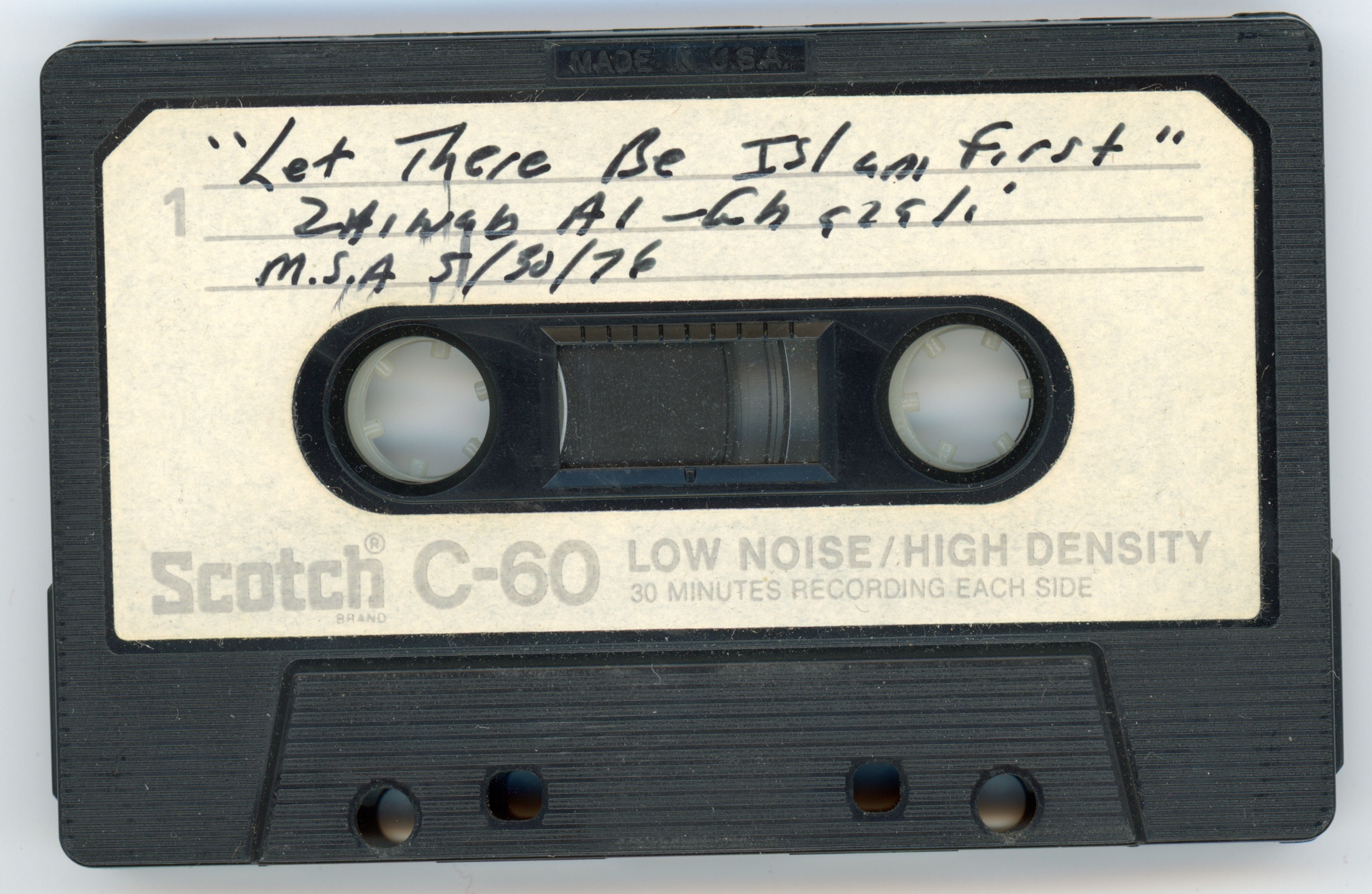
- #BlackInMSA
- 1976 - 2013
- Livestream
- The 2nd exhibition launched with a livestream conversation between curator Su'ad Abdul Khabeer and activist Aisha Al-Adawiya.
